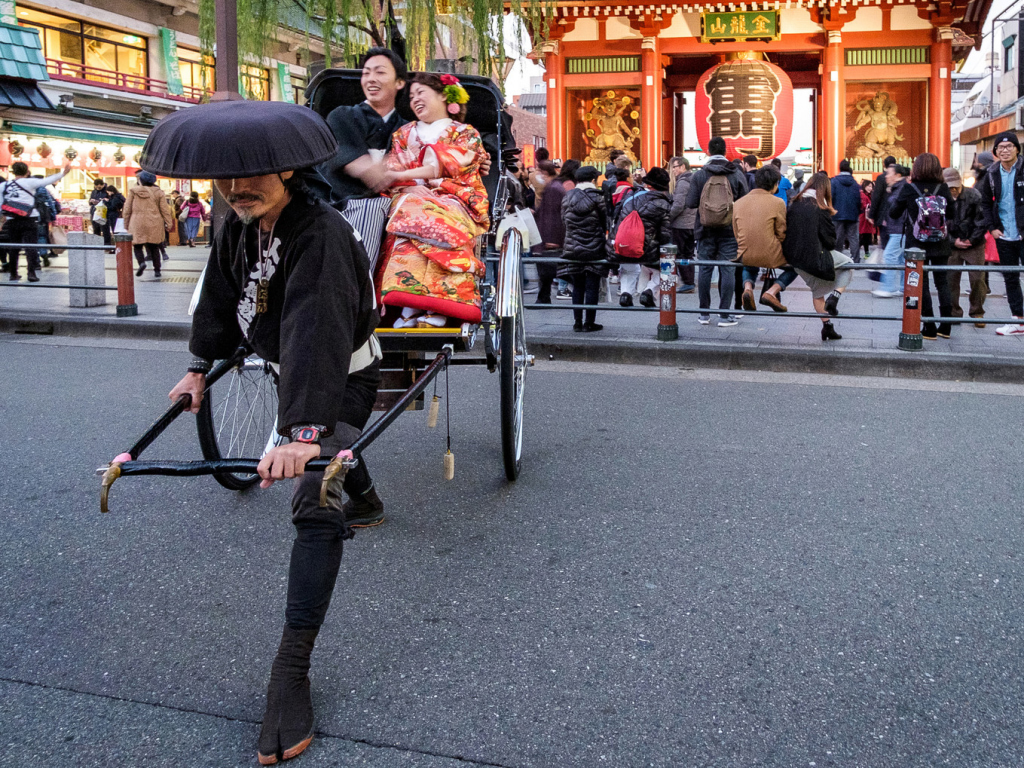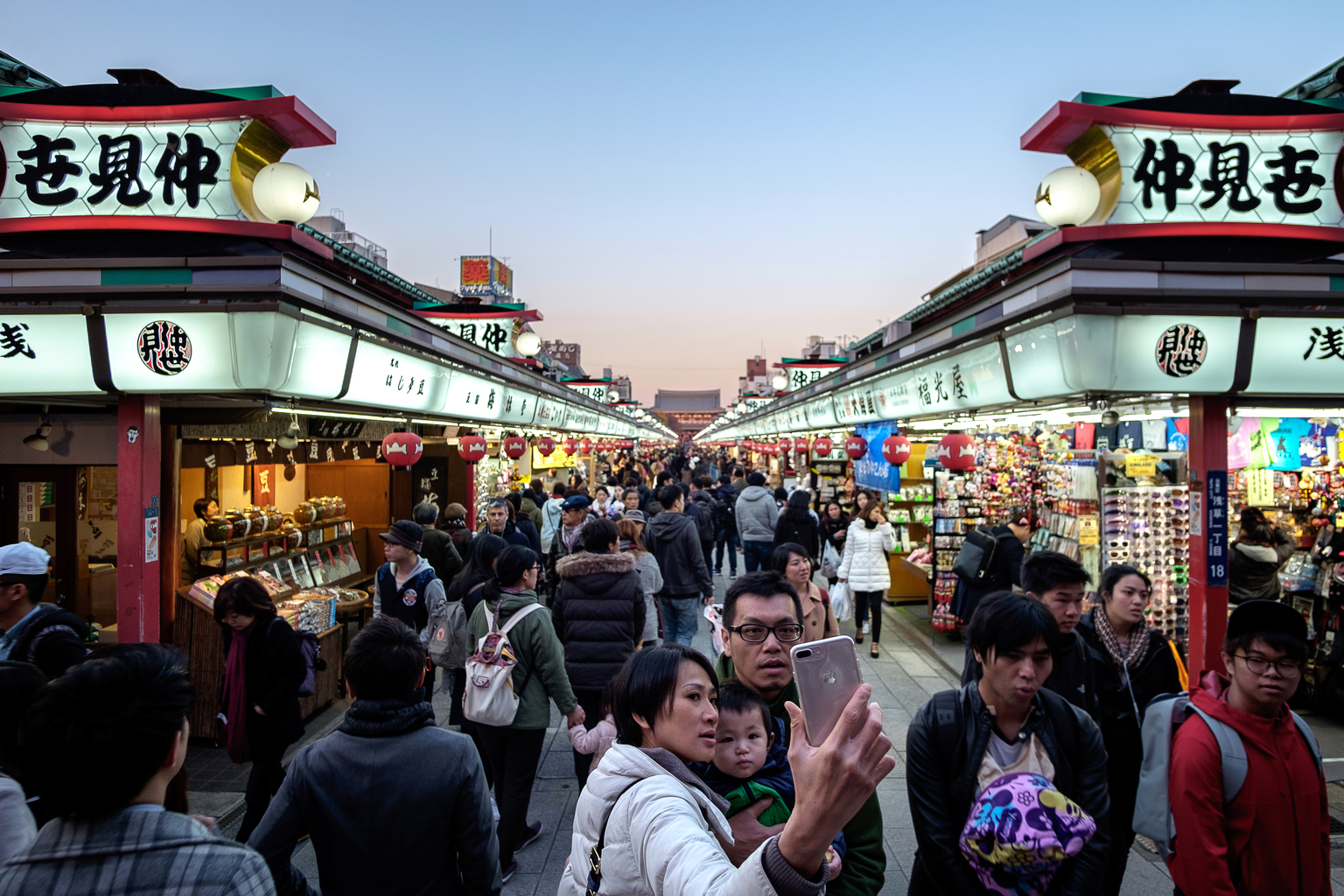Universally renowned for its sacred ground, Tokyo’s original pleasure district comes alive when the sun goes down.
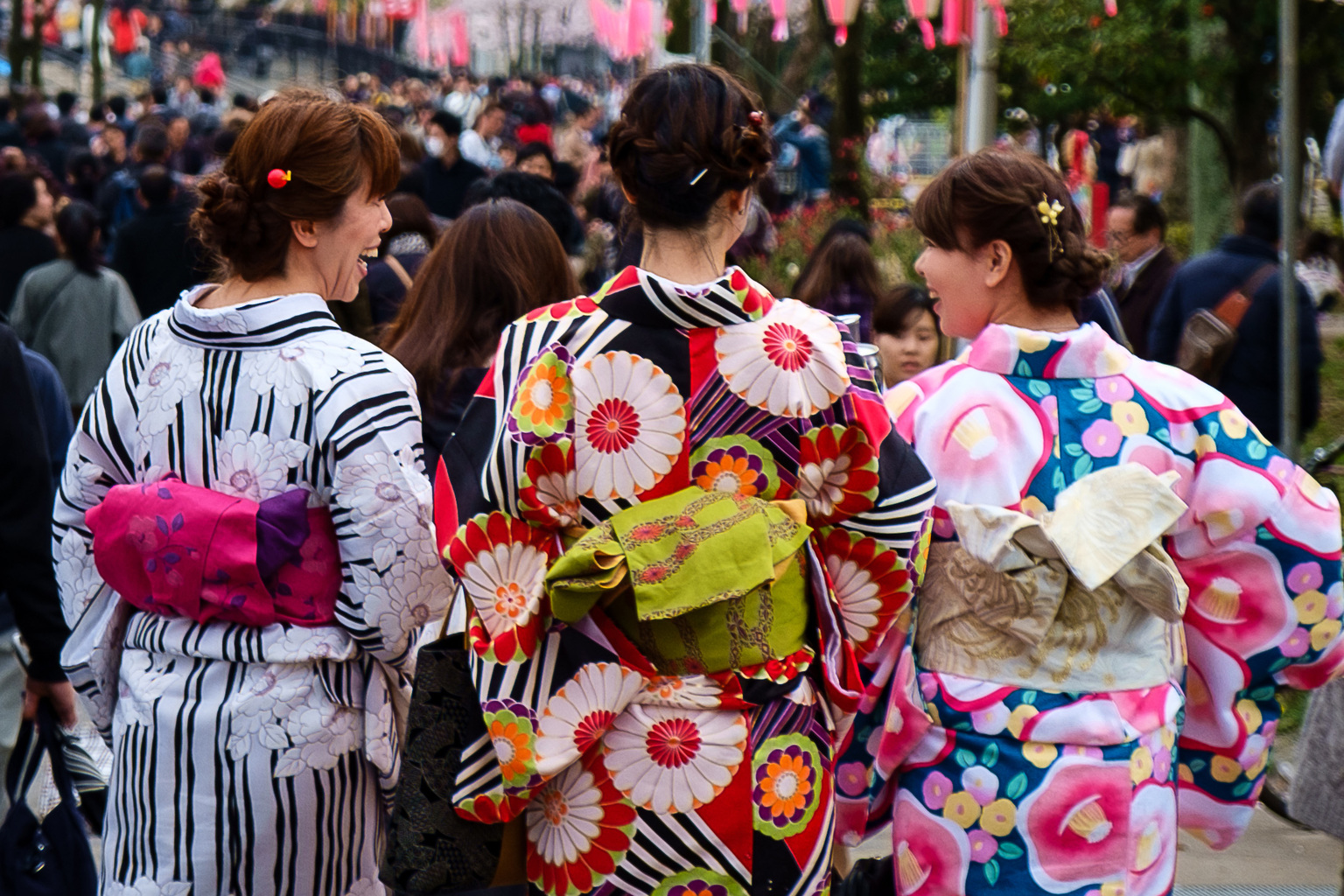
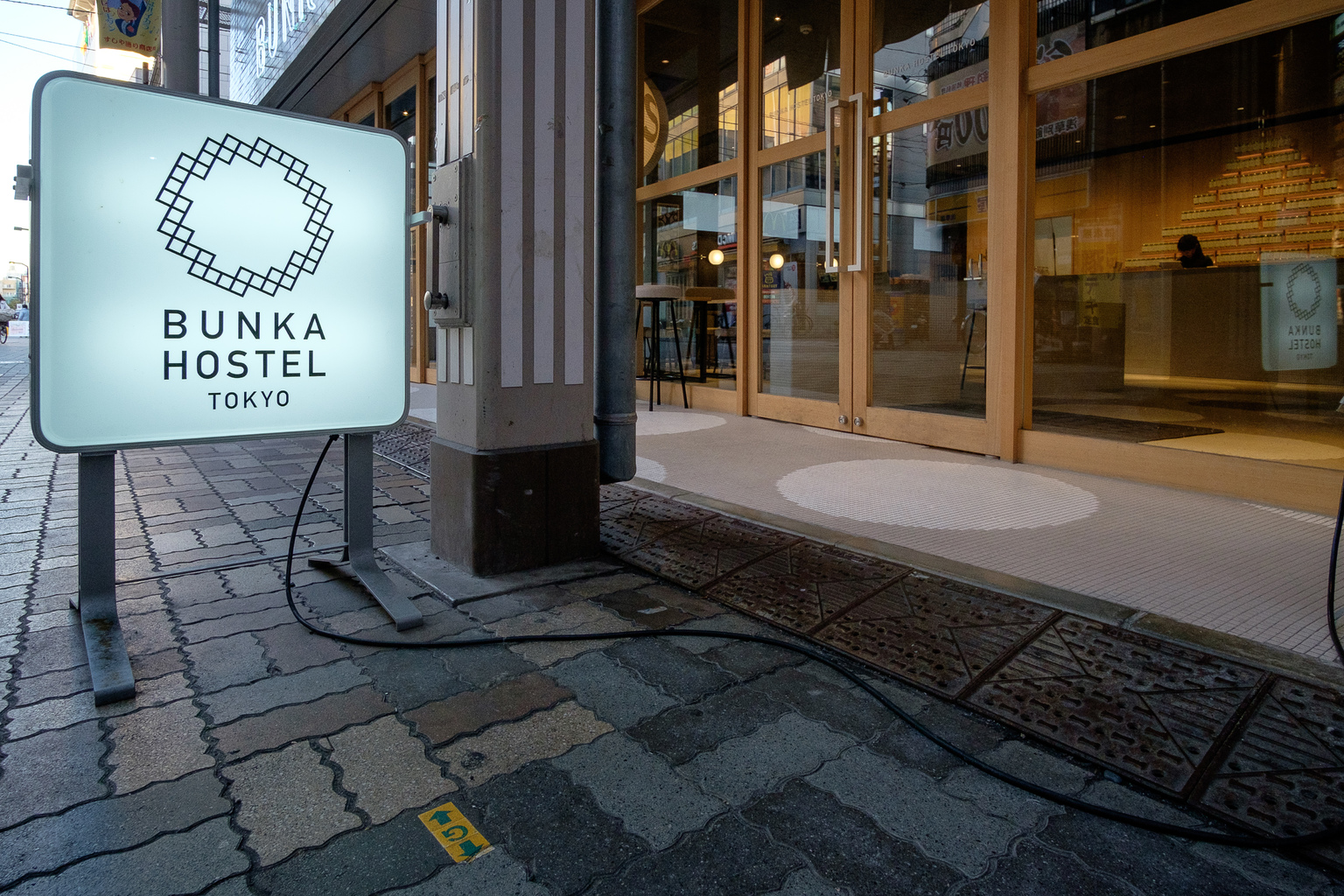
24 Hour Party People
Even though Asakusa’s Rokku entertainment district saw its heyday a century ago, it still caters to nightlife with a host of rakugo (storytelling) theaters, cinemas showing classic films, and other adult-oriented recreation. There are still a few dozen geisha offering their hosting services, giving Kyoto’s hanamachi a run for its money. Many bars are spread out through Rokku. Kamiya offers an electric concoction, Denkibran, which is a mix of brandy, gin and wine, while Samboa is the whiskey bar of choice. Post-drinks, you may want to take a jinrikisha (rickshaw) to Denbouin-dori for food at one of the numerous izakayas lining the street. And if you miss the last train, no worries, Bunka Hostel offers a more communal alternative to capsule hotels.
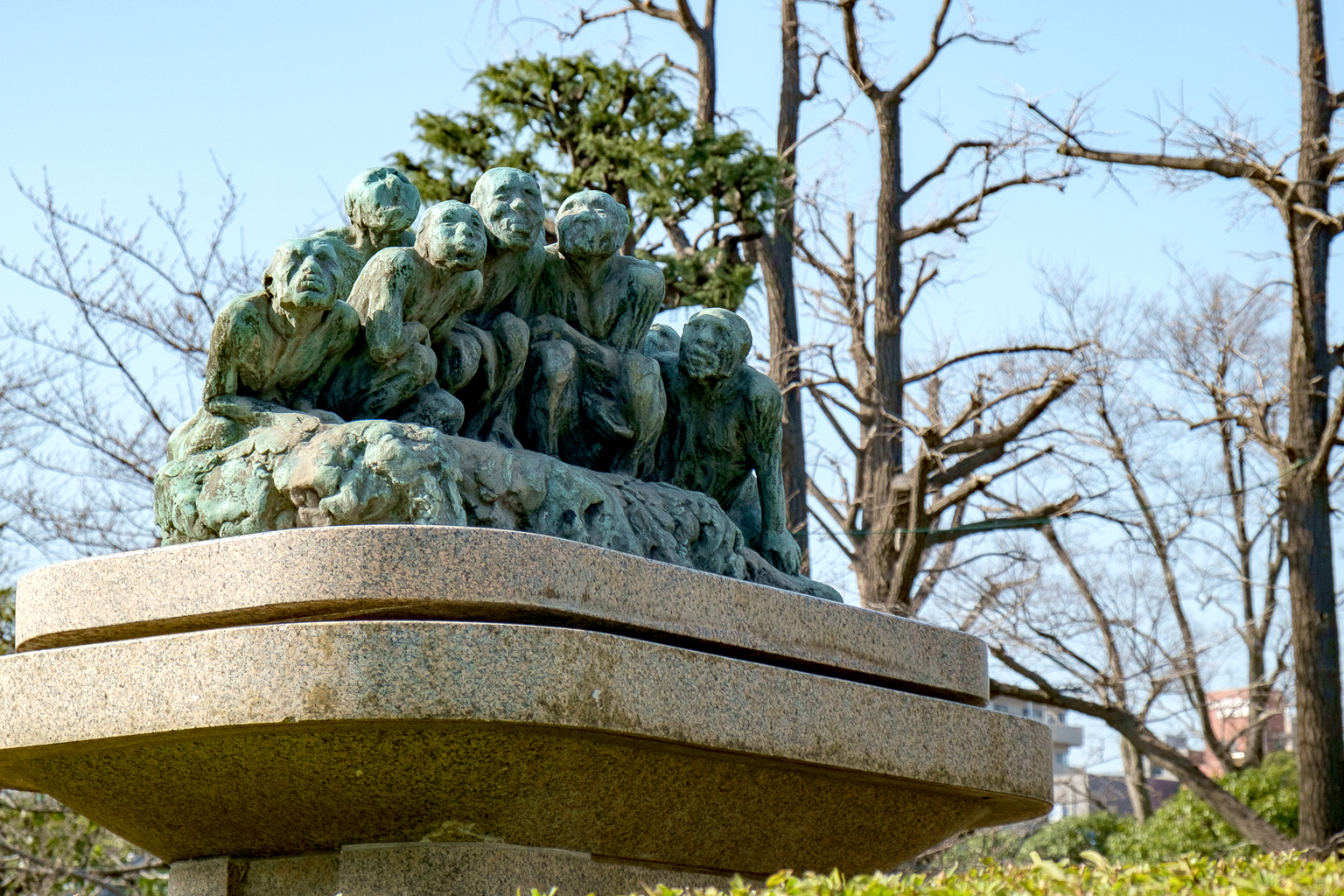
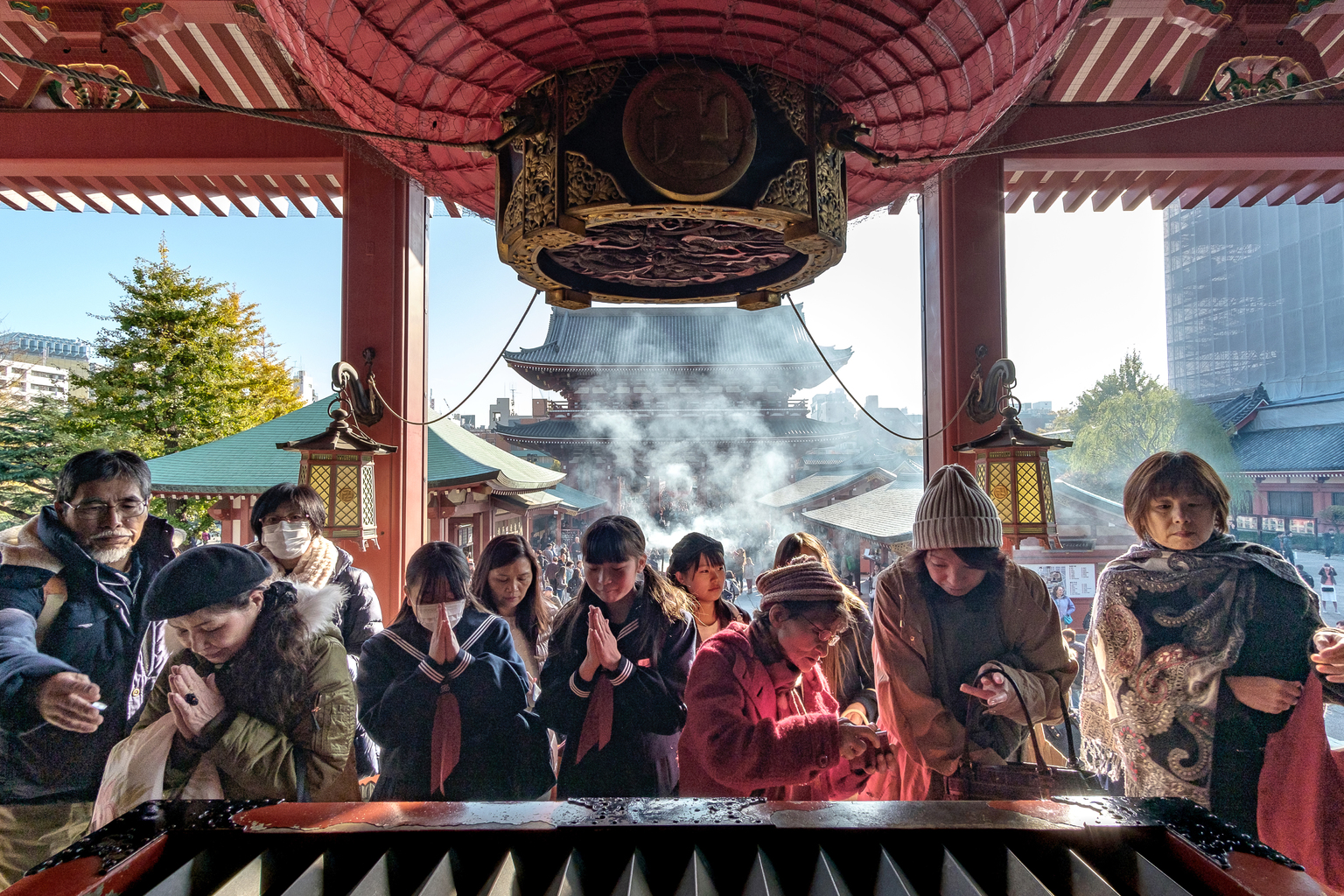
Serenity Now
The main draw in Asakusa is Senso-ji, a Buddhist temple dedicated to the bodhisattva Kannon. The first temple on this location dates back to 645 AD, making it the oldest in Tokyo. Following reconstruction after being leveled in World War II, the temple became a symbol of recovery and amity, and remains one of Tokyo’s holiest sites, hosting the popular Sanja Matsuri festival in late spring. Commanding the entrance to the temple, the imposing Kaminarimon (Thunder Gate) is a popular meeting spot and background to millions of tourist selfies. On the rare occasion that it’s open to the public, a visit to Demboin Garden, on the grounds of Senso-ji’s head priest’s residence, affords visitors a serene oasis away from the hordes of tourists.
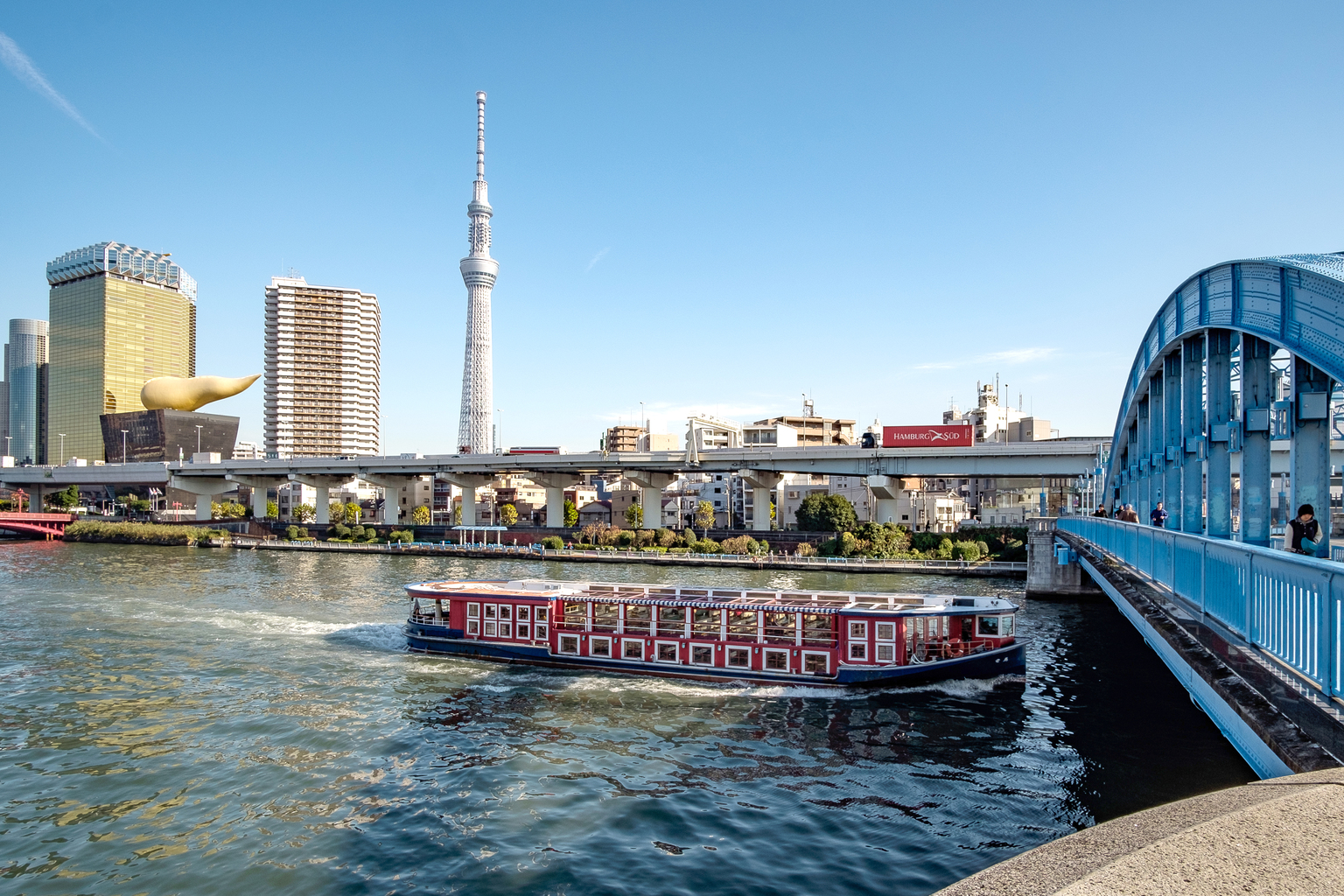
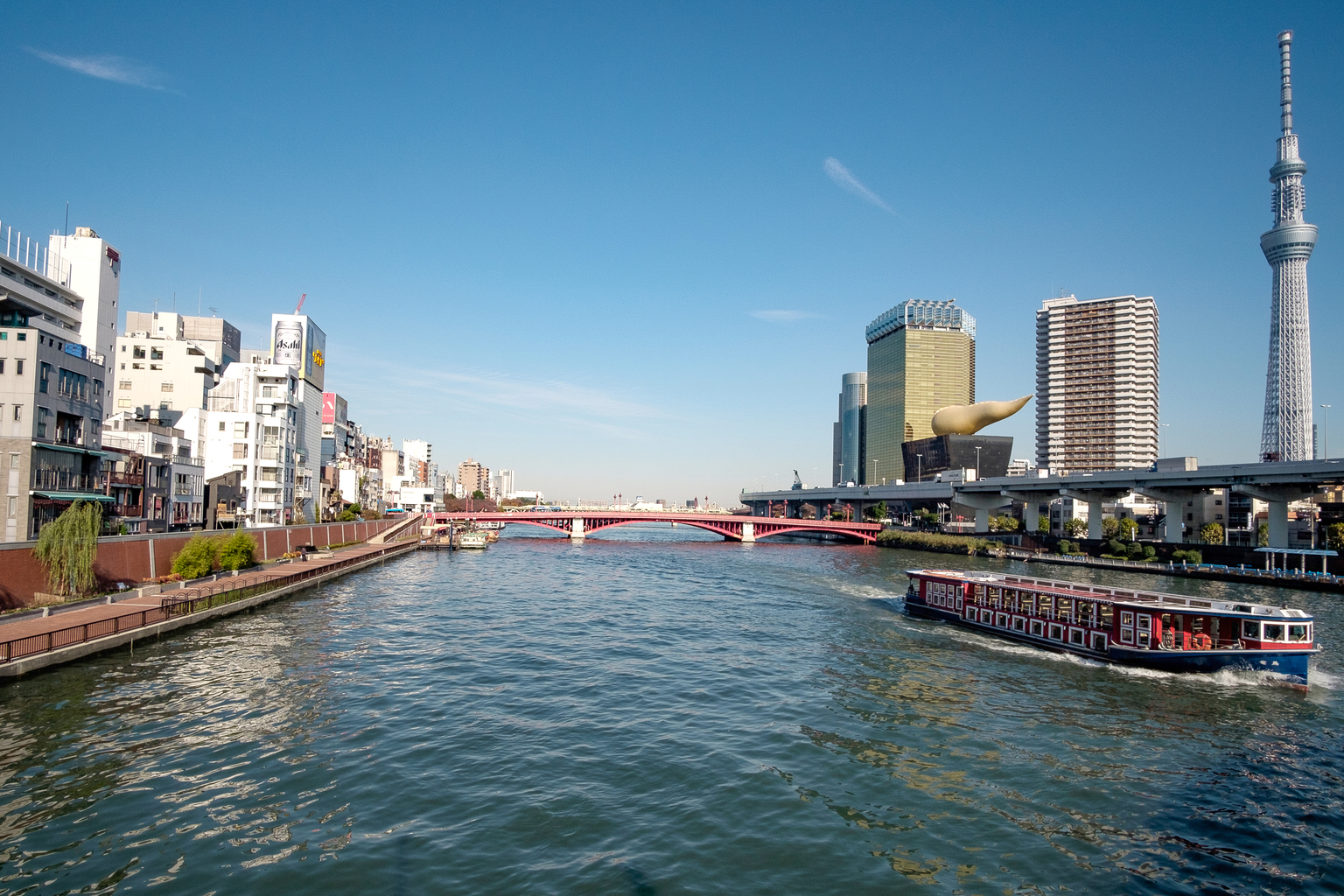
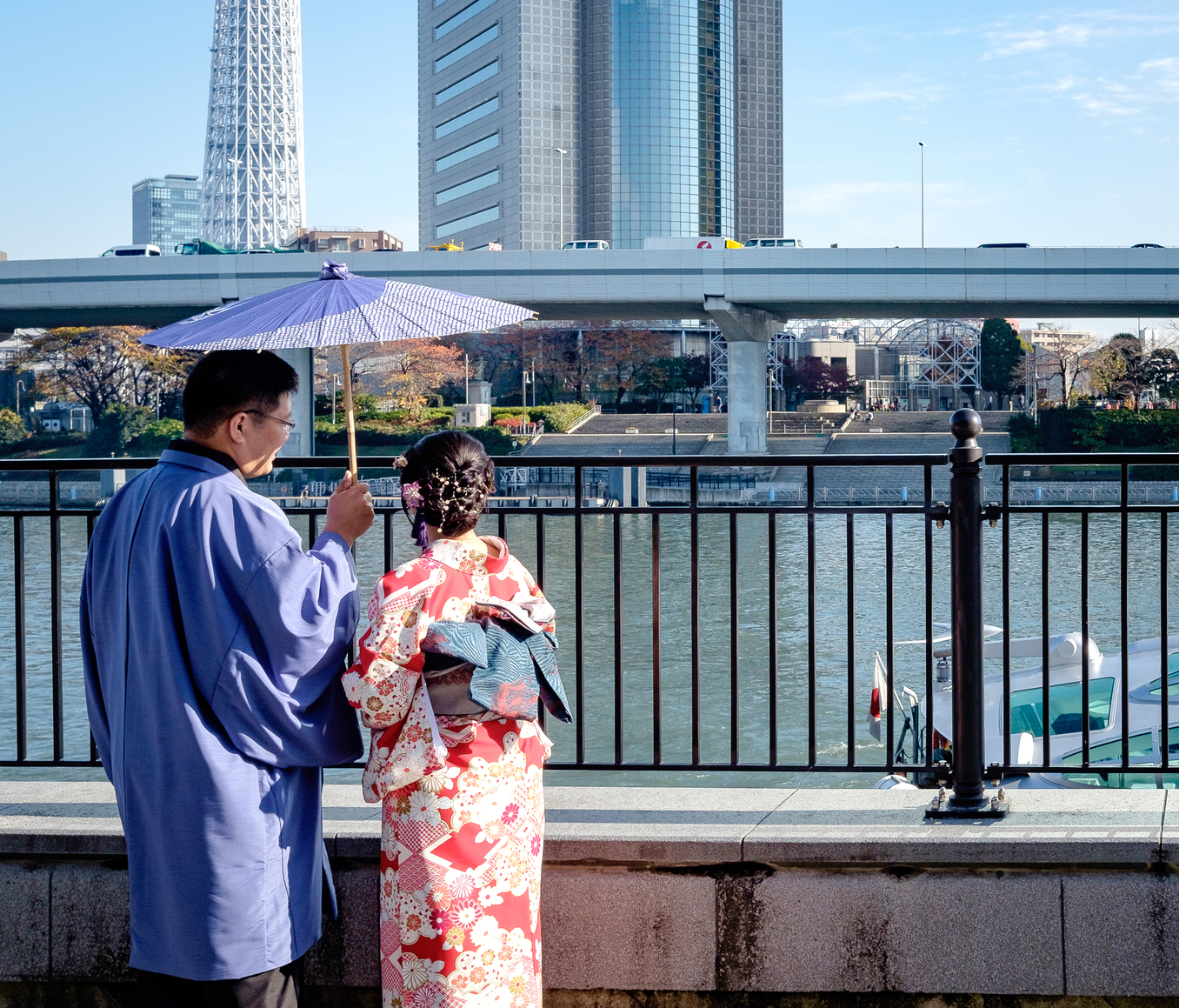
Take Me to the River
Positioned on the banks of the Sumida River, Asakusa has a great outlook on the water and the several bridges that cross it. A prime location for enjoying the view is from Kuritsu Sumida Park, right on the banks of the river. Every spring, the park’s cherry trees blossom to the delight of hanami partakers, who take up every square inch of park ground with tarps, or enjoy the sakura from traditional yakatabune houseboats on the water. Looming in the background across the Azuma Bridge, the Asahi Beer Tower can’t be mistaken – it’s the building that looks like a mug of golden beer, complete with frothy head. Tokyo Skytree is also omnipresent in the skyline to the East.
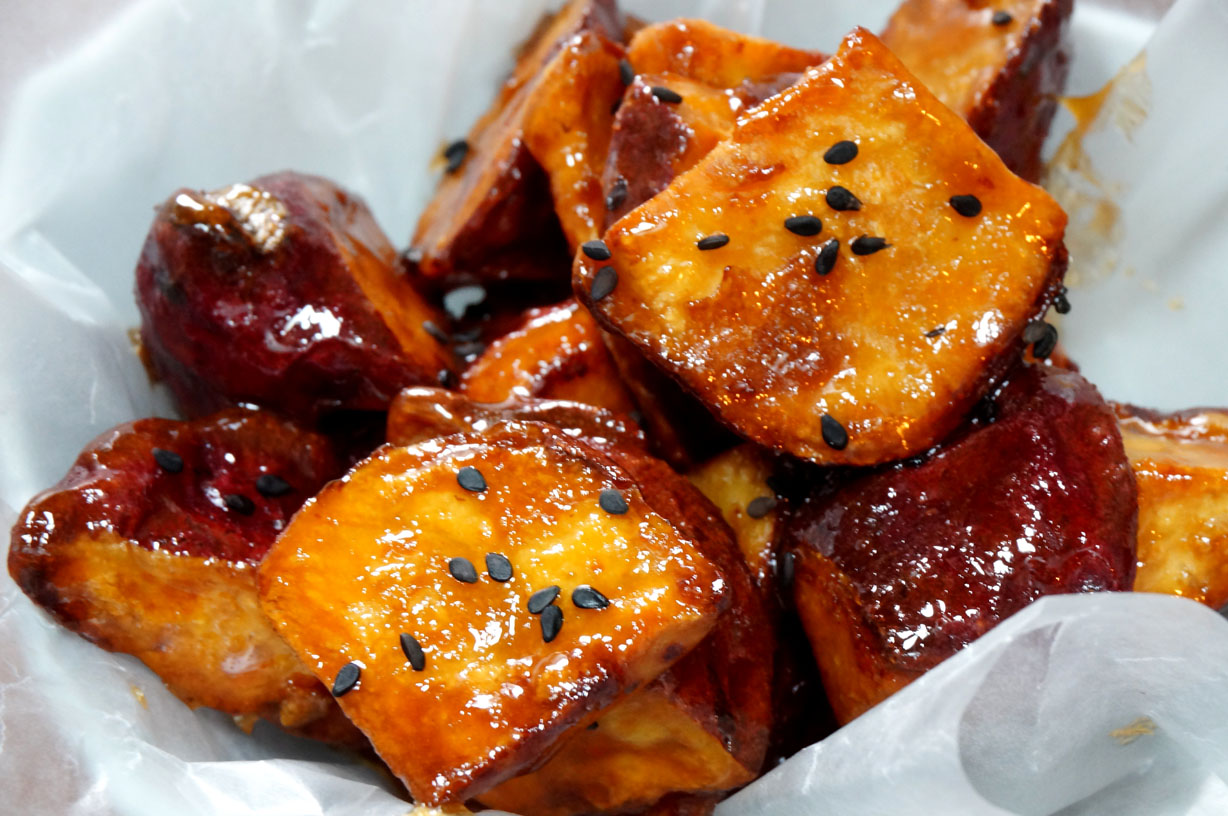
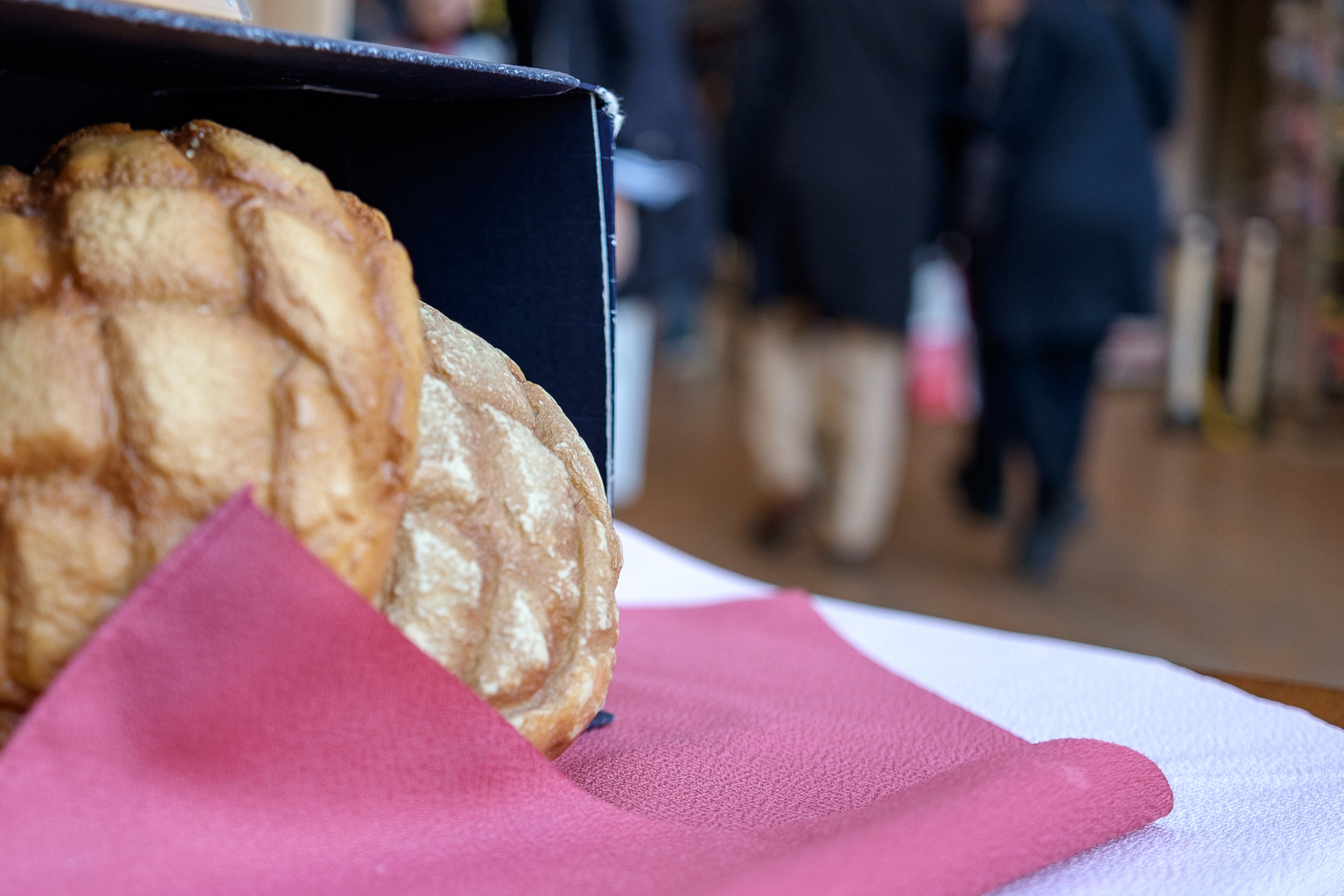
Snacks Aplenty
There are many delights to sample as you trek around Asakusa. Traditional Japanese snack foods are found throughout, such as daigaku-imo (candied sweet potatoes) at Chibaya, dorayaki (red-bean pancakes) at Kamejyu, and kuzumochi (arrowroot mochi) at Funawa. The sweet bread melonpan is a specialty in the neighborhood, and Kagetsudo has been making them since 1945. You can view the process of making intricately shaped, filled pastries from start to finish behind the window at Ganso Kimuraya Ningyoyaki on Nakamise-dori. For more savory treats, soba noodle shops are everywhere in Asakusa, with Namikiya, Benten, and Asada being some of the better spots, but really, you can’t go wrong with most of the neighborhood staples.
Arcade Classics
Over 90 souvenir shops and snack shacks make up Nakamise-dori, the stretch between Kaminarimon and Senso-ji’s Hozomon gate. This is Asakusa’s most popular pedestrian-only shopping lane, but it’s not the only one worth strolling down. For a calmer neighborhood atmosphere and a touch of nostalgia, head west of the temple for Hisago-dori, a covered shopping arcade made up of family-owned shops with lots of charm. While there, you can visit the Edo Shitamachi Traditional Crafts Museum and learn about sashimono furniture-making, antique tool design and copper crafts. Also nearby, and not to miss on a nice day, is Hanayashiki, the oldest amusement park in Japan, in operation since 1853.

